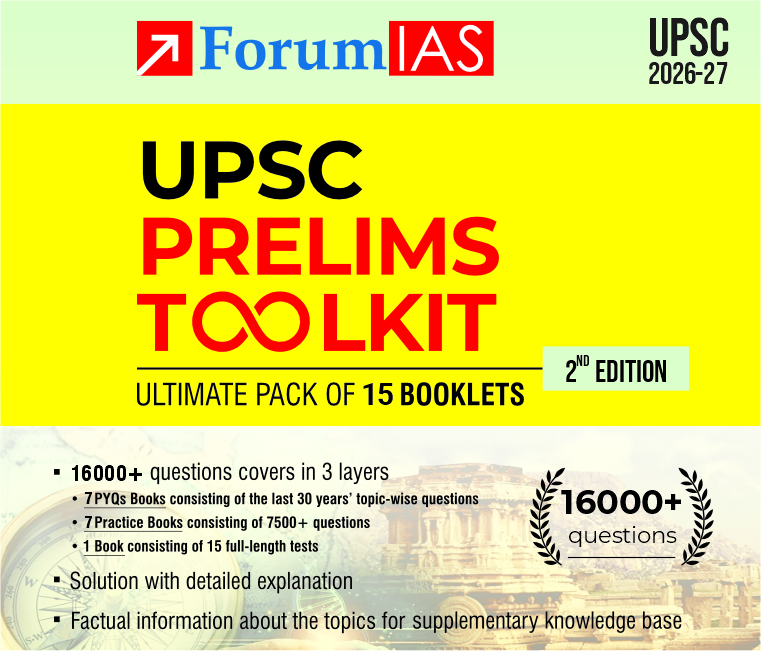The Annual Status of Education Report (ASER) 2024 has been released by the NGO Pratham Foundation. It provides a comprehensive analysis of learning outcomes among school students in rural India. The ASER 2024 report highlights improvements in preschool enrolment, foundational literacy and numeracy (FLN), digital literacy, and the impact of government initiatives such as the National Education Policy (NEP) 2020 and NIPUN Bharat.

What is the Annual Status of Education Report (ASER)? What is the methodology used?
ASER– The ASER report is facilitated by Pratham Education Foundation since 2005. The ASER report examines the schooling status and foundational learning of children across districts and states of rural India. Originally it was an annual publication but after 2016, it has become a biennial report. ASER reports are usually referred to by the government while formulating policies.
ASER 2024 Methodology– The ASER 2024 survey was conducted in 17,997 villages across 605 rural districts. It reached 649,491 children aged 3 to 16 years and assessed the reading and arithmetic skills of over 500,000 children aged 5 to 16 years. The primary focus areas included:
1. Enrolment: ASER monitors school and preschool enrolment patterns, identifying progress and challenges across different states and age groups.
2. Learning Outcomes: It evaluates fundamental reading and arithmetic abilities, providing insights into children’s academic progress at the primary and secondary levels.
3. Digital Literacy: ASER 2024 examines the smartphone proficiency of older children, assessing skills such as setting alarms, browsing, and messaging.
What are the key findings of the ASER report?
| Preschool Enrolment (Age Group 3-5 Years) | 1. Preschool enrolment for children aged 3-5 years increased significantly, reaching 77.4% in 2024. 2. More children are now enrolled in institutions such as LKG, UKG, and Anganwadis, reflecting improved awareness of early childhood education |
| Improvement in Foundational Skills (Age Group 6-14 Years) | 1. Reading Levels a. Class III: The percentage of children able to read a Class II-level text increased from 20.5% (2022) to 27.1% (2024). b. Class V: The proportion of students who can read at least a Class II-level text improved from 42.8% (2022) to 48.8% (2024). 2. Arithmetic Proficiency a. Class III: Two-thirds of students struggle with basic subtraction. b. Class V: 30.7% can perform division, up from 27.9% in 2018. c. Class VIII: Marginal improvement in arithmetic proficiency (45.8% in 2024 vs. 44.1% in 2018). 3. Despite improvements, significant gaps remain: 76% of Class III students, 55.2% of Class V students, and 32.5% of Class VIII students cannot read a Class II-level text. 4. The report also notes recovery from learning losses caused by the Covid-19 pandemic |
| State-wise Improvements | 1. Low-performing states such as Uttar Pradesh, Bihar, Madhya Pradesh, and Tamil Nadu demonstrated notable recovery. For example, Uttar Pradesh’s Class III reading levels rose from 16.4% (2022) to 27.9% (2024). 2. High-performing states such as Himachal Pradesh and Maharashtra also recorded appreciable gains. |
| Digital Literacy | 1. Over 90% of rural adolescents (15-16 years) have access to smartphones. 2. 89% of 14–16-year-olds have access to smartphones, and 31.4% own their own devices. 3. Gender disparities in digital skills: 80.1% of boys vs. 78.6% of girls could browse for information. 4. In some southern states, girls performed at par or better than boys. 5. Boys demonstrated higher awareness of phone safety features (e.g., 62% know how to block/report profiles). |
| School Readiness Programs | 1. Over 75% of government schools have implemented a three-month readiness program for Grade 1. 2. Government-led directives, teacher training, and provision of learning materials have contributed to positive FLN outcomes. |
| Government Schools Drive Recovery | Government schools outperformed private schools in learning recovery, although private schools continue to lag behind pre-pandemic levels. |
What are the effects of the National Education Policy (NEP) 2020?
1. Structural Changes:
a. NEP integrates the 3-6 age group into the education framework.
b. Emphasis on achieving universal FLN by 2026-27.
2. NIPUN Bharat Initiative:
a. Launched in 2021 to enhance reading and numeracy skills.
b. 83% of schools received directives to implement FLN activities.
c. 78% of schools reported at least one teacher trained in FLN, and 75% received learning materials.
Why is Early Childhood Care and Education (ECCE) important and its related challenges?
1. Importance of ECCE:
a. NEP recommends Class 1 enrolment at age six for cognitive and social readiness.
b. Focus on preparing children in the three years before Class 1.
2. Role of Anganwadis:
a. Over one-third of children aged 3-5 are enrolled in Anganwadis.
b. States are providing specialized training to Anganwadi workers.
c. Anganwadis help bridge the gap between families and schools.
3. State Variations:
a. Himachal Pradesh and Punjab: Shift towards pre-primary classes in schools.
b. Rajasthan: Rise in dual enrollment in Anganwadis and private LKG/UKG classes.
Highlighted Challenges
What are the different government initiatives taken for the improvement of school education?
1. Sarva Siksha Abhiyaan (SSA)- Sarva Shiksha Abhiyan (SSA) is a comprehensive and integrated flagship programme of Government of India to attain Universal Elementary Education (UEE), covering the entire country in a mission mode.
2. PM-POSHAN Scheme/Mid-Day Meal Scheme– The Mid-Day Meal Scheme is a school meal programme in India designed to better the nutritional standing of school-age children nationwide. The scheme has been renamed as PM-POSHAN Scheme.
3. SWAYAM Programme– SWAYAM is a programme initiated by Government of India and designed to achieve the three cardinal principles of Education Policy that is access, equity and quality.
4. Beti Bachao Beti Padhao Abhiyan– School Management Committees which achieve 100% transition of girls at different levels of education to be awarded under part of the scheme.
What is the way Forward: “PRATHAM” Approach?
1. P: Policy Reinforcement – Strengthening NEP 2020 implementation and tailoring state-specific FLN programs.
2. R: Resource Allocation – Increasing funding for government schools and investing in teacher training.
3. A: Access and Equity – Ensuring equitable access to education and expanding digital infrastructure.
4. T: Technology Integration – Leveraging EdTech tools for improved FLN outcomes.
5. H: Holistic Development – Encouraging socio-emotional learning and parental involvement.
6. A: Accountability Mechanisms – Conducting regular assessments to track learning progress.
7. M: Multi-Stakeholder Collaboration – Encouraging public-private partnerships and community engagement.
Conclusion
The ASER 2024 survey highlights significant progress in preschool enrollment and foundational learning levels, reflecting the impact of NEP 2020 and NIPUN Bharat. However, challenges persist in achieving universal foundational skills and strengthening early childhood education. Addressing these issues requires data-driven policies, increased funding, improved teacher training, Anganwadi strengthening, and bridging the digital divide.
| Read more– The Indian Express UPSC Syllabus- GS 2– Issues relating to development and management of Social Sector/Services relating to Education. |






